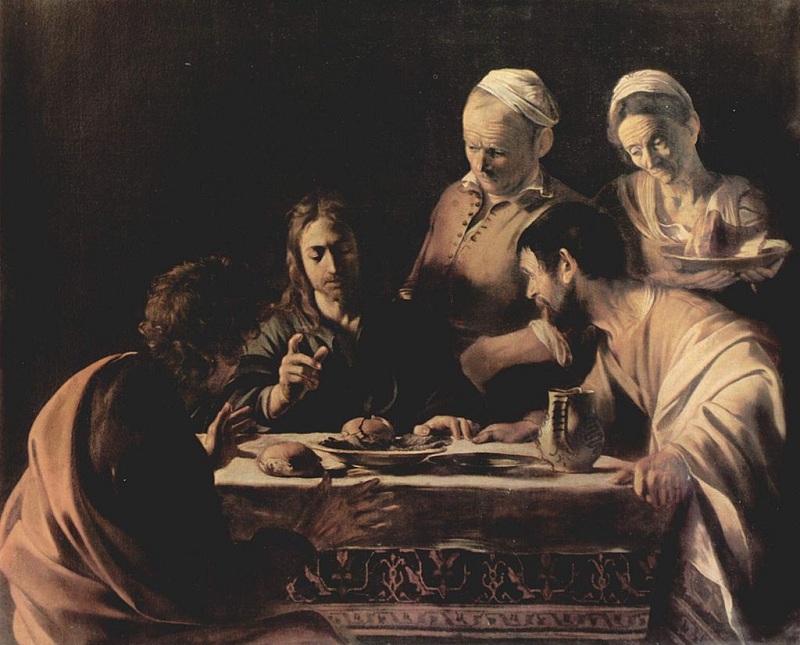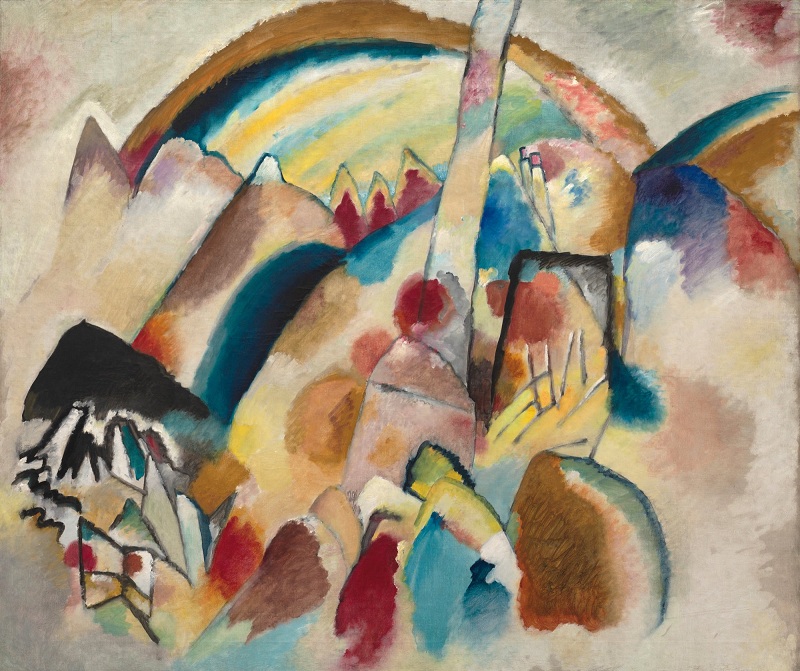An international pandemic crisis as a pretext to reinforce online educational resources, museum presence on social media platforms and to encourage new techniques of cultural exchange between different museum institutions. It is in a context such as this that the Vis à Vis intermuseum project was conceived, supported and launched, in which the director of the Peggy Guggenheim Collection in Venice, Karole P.B. Vail, together with the director of the Pinacoteca di Brera, James Bradburne, discuss and explore works and masters from different generations in dialogue with each other, in the awareness that the issues and values associated with art are universal, regardless of the periods and historical eras.
The two museums, therefore, have organized a series of small meetings through videos that can be fully used on YouTube and on all their various institutional social platforms, in which the hands-on voice of their directors will tell about authors and works, in a truly fascinating comparison / encounter. it's interesting.
The first of these, available from 11 December 2020, brings together two great artists who revolutionised the way we understand Western painting: the Italian Michelangelo Merisi, known as Caravaggio and the Russian Vasily Kandinsky.
The works considered here are Caravaggio's Supper at Emmaus, painted by the Milanese master around 1606 in the period immediately following his flight from Rome, which also took place thanks to the protection of the Colonna family. It is accompanied by Kandiskij's majestic work Landscape with Red Spots, no. 2, painted in 1913 (over three hundred years after the first one) during his stay in Bavaria. The less obvious meanings of the two works and the historical periods in which they were conceived are analysed, with the awareness that part of their prestige is not attributable to the fact that they are actually our contemporaries, but rather to our gazes, our visions of them. Art teaches us a fundamental lesson: it is we who are contemporary, with our ideas and our actions, with artistic creativity that can be seen as a guide, an example of the same ideas and the same actions carried out by men and women in a past before our own.
This can be one of the infinite keys to interpretation and the many paths we can take through art and beauty, and in a complex period like the one we are currently living in, it is enchanting how two great institutions cooperate in order to promote this type of appointment.
Speaking of this, the next online meetings will concern other four great masters such as Raphael with The Marriage of the Virgin and Max Ernst with The Dressing of the Bride, finally Piero della Francesca with his Madonna and Child and Saints, Angels and Federico da Montefeltro and Piet Mondrian and Composition n.1 with gray and red 1938 / Composition with red 1939 (1938 -39), with Venice and Milan opening to the public when everything seems apparently closed.












Lascia un commento